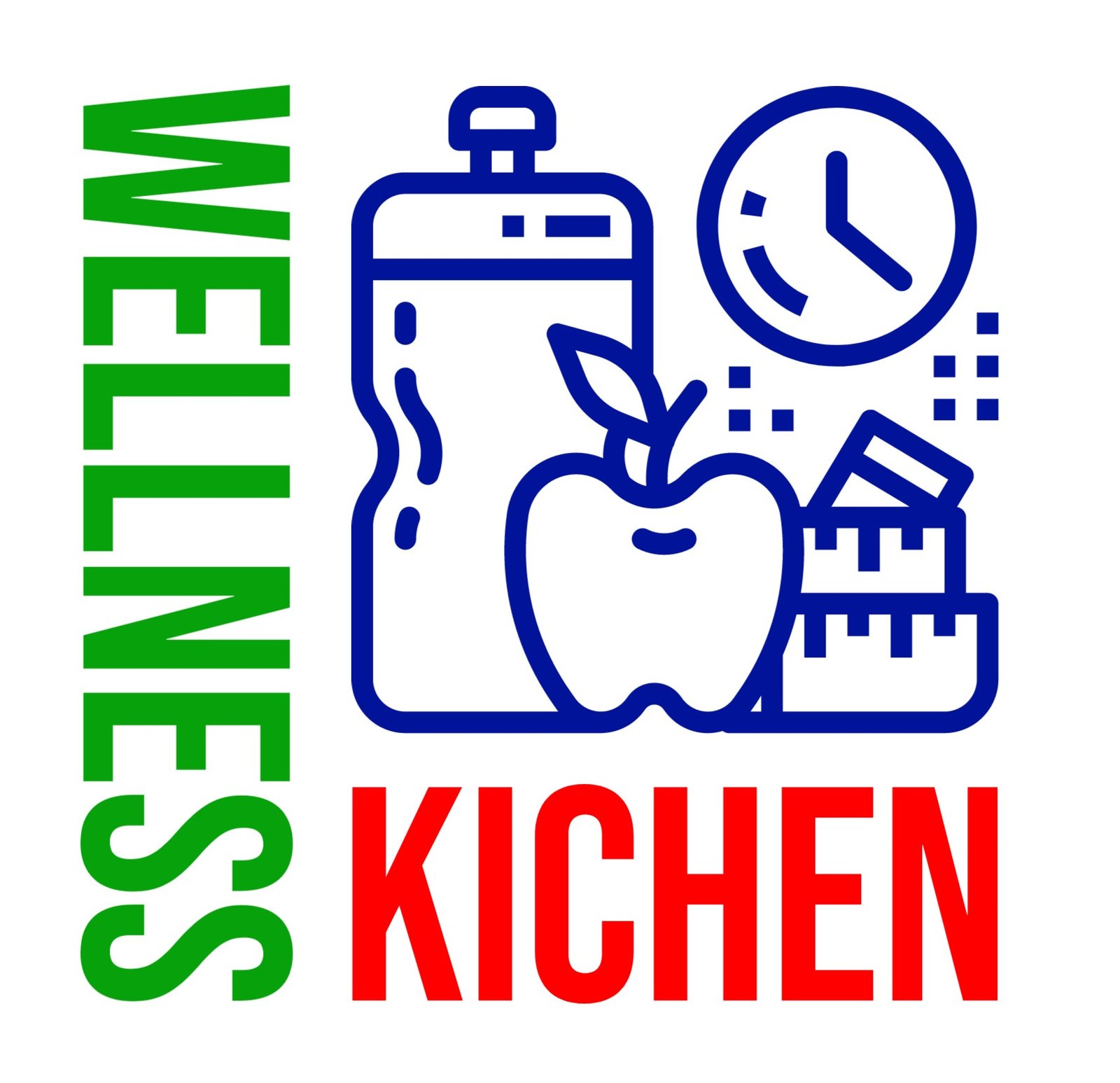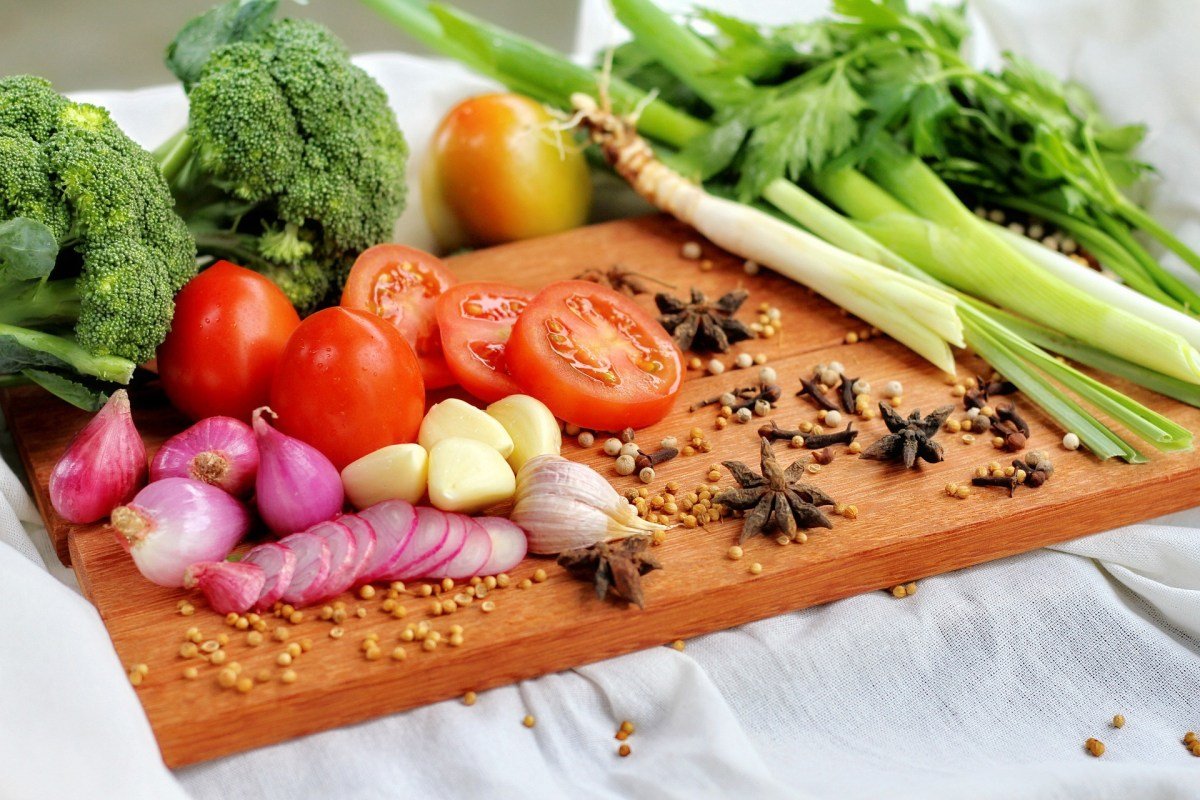HITTING THE SNOOZE BUTTON IS GREAT FOR YOU! (AND OTHER BOGUS SLEEP CLAIMS.
In tough times like these, it can be challenging to rest easy. So it makes sense if you find your mind racing before bed or you wake up in the middle of the night after a fitful sleep. But your lack of sweet dreams may, in fact, be because you’re falling for a few of the worst sleep myths.
For something we spend about a third of our lives actively doing, we understand astonishingly little about sleep. The internet is flooded with all sorts of erroneous information about how long we should snooze, how to sleep effectively, and how certain lifestyle choices such as diet impact the quality of our Z’s. But don’t worry, we’re here to set the record straight. With the help of some top-notch sleep scientists, we’ve compiled the 25 biggest sleep whoppers (and, crucially, the reasons why they’re so wrong).
Insomnia is physical, rather than mental.
We often think that not being able to sleep is solely the result of physical issues—too much caffeine or sugar, for instance. But this is just a silly notion among sleep myths. The reality is that being unable to sleep is usually the result of being unable to quiet our minds—an issue many of us are struggling with right now, during the COVID-19 pandemic.
“Sleep is all about calming our brains—which means worry is sleep enemy number one for most “As we implement natural ways to slow our brains and improve our sleep by altering our environment, be patient in finding a good combination of schedule, room darkness, temperature, and comfort that works for you.”
Our brains “shut off” during sleep.
We go through four or five cycles of changing brain activity during a typical night—moving between slow activity rates in deep sleep to high activity during dreaming (when brain activity is comparable to being fully awake).
“So while it is obvious to stay away from stimulants before bedtime that will keep our brains humming, it is also good to avoid depressants that interfere with the needed cycling of brain activity.
Snoring is common and nothing to worry about.
Snoring is an annoyance to your partner, but it can be more serious, too. According to the National Sleep Foundation, snoring (especially frequent, loud snoring) may be a symptom of sleep apnea, “which can increase the risk of developing cardiovascular disease and diabetes, and cause daytime sleepiness and impaired performance.”
Narcolepsy means you fall asleep randomly during the day.
Narcolepsy is perhaps the most misunderstood condition. The goofy depictions we see of the disorder on television shows and the like, where the person is giving a presentation or having a conversation and falls asleep snoring mid-sentence, doesn’t really capture the reality of narcolepsy.
In fact, narcolepsy is the result of not getting enough quality sleep, where the line between sleep and waking is blurred. While that can mean you fall asleep during the day, it is just as often manifested as general sleepiness throughout the day, or in other ways such as cataplexy (loss of muscle control) or sleep paralysis (inability to speak when waking up or falling asleep).
You can “catch up” on sleep.
We’ve all had those intense weeks of work (or crazy vacation weekends) where we’ve stayed up until the sun comes up and had to function the next day. While we can get away with this every now and again, making a habit of it can be trouble. One of the most common sleep myths is thinking that we can function with little sleep for a while, then “catch up,” in the long term, but your body doesn’t really work that way.
“Your body needs consistency and the less sleep you get the more you disrupt yourself hormonally. “When you don’t sleep enough your body assumes some sort of trauma must be going on as there’s no reason to be awake when you should be sleeping.”
This raises one’s stress hormones (primarily cortisol) and can cause plenty of trouble. “A little of this is not bad but chronic secretion of it can lead to a wide variety of horrible diseases and conditions.
You don’t need a sleep routine.
Bedtime isn’t just for kids. When it comes to sleeping, having a routine is key.
“You need to create a wind-down routine at least an hour out from sleeping so your body recognizes that sleep is coming. “Your body needs balance so it means going to bed the same time each night and sticking with it. The problem is we tend to stick with it through the week and then it goes to hell on the weekend, and it can take days to get back on track. By the time you do, it’s almost the weekend again and the whole cycle can start over. You need to be committed to it day in and day out.”
Alcohol is a good sleep aid.
We’ve all felt the drowsiness that comes over us after a few beers or glasses of wine. But while it’s tempting to think this makes alcohol a useful sleep aid, it’s far from it. A yoga instructor and sleep and wellness expert, “[alcohol] may assist in helping an individual fall asleep, but it also interferes with what is considered ‘quality’ sleep.”
Alcohol causes “REM sleep fragmentation,” during which REM stage sleep is either shortened or extended, causing a disruption in the overall sleep pattern of the individual.
Your sleep patterns remain the same through most of your life.
“The amount of sleep you need changes throughout your life. “While pregnant or when dealing with an illness, more sleep is beneficial. Some people are okay with six hours of sleep. It matters what makes you feel good and well rested.”
Bedtime is when you disconnect from your day.
We often think going to bed is when we should leave our day and its ups and downs behind us, falling into comforting sleep. But to effectively calm your mind, reviewing your day, and particularly what went well, can have a positive effect on your sleep and mental fitness.
“Make a daily gratitude list before bed by writing down 10 things you are grateful for. “Anything from your family, legs to walk on, or reality TV. Focusing on what is good in your life as opposed to what is going wrong with your life calms you down before going to sleep.”
She also advises reading affirmations every night, ending the day with a positive note that helps “catch some rest with less worry.”
As you get older, you don’t need as much sleep.
Sure, some adults might get up at 4:30 every morning, but that doesn’t mean they don’t need a full night’s sleep.
“While your body requires less sleep as you get older, that doesn’t mean you should be sleeping for only four or five hours a night.
She points to a study published in Sleep Health: The Journal of the National Sleep Foundation, which recommended that newborns get 14 to 17 hours of sleep each night while adults ages 18 to 64 should get seven to nine hours each night.
Pressing snooze will help you get more rest
Pressing that snooze button is incredibly satisfying in the moment, but, contrary to popular belief, you are not actually gaining quality sleep.
“The snooze button will actually make you feel more tired. “It wakes you from a deep part of your sleep cycle each time you doze off, causing you to feel groggy.” In the long run, a snooze-pressing habit will eat into your ability to get a deep sleep and the rest you need.
The best sleep comes before midnight.
“Early to bed and early to rise, makes a man healthy, wealthy, and wise” has plenty of adherents, it’s not necessarily true for everyone. If you find that 1 a.m. or later feels like the best time for you to sleep, there is nothing wrong with trusting your gut.
“What’s most important is that people time their sleep in accordance with their own body clock, by going to bed when [they feel] sleepy. “For some people this means going to bed at midnight or later, and if they try to go to sleep earlier they won’t sleep well.”
Sleeping more than eight hours is excessive.
Again, it depends on who you are and how much sleep your body needs. Any other tidbits of information are likely one of the many sleep myths.
“Sleep need is very individual, and some normal healthy adults do best with nine hours nightly. “Anything less than the amount of sleep you need can result in impaired mood, driving, and cognitive abilities.”
You must get a minimum of eight hours of sleep.
Of course, the reverse is also true. If you are someone who functions at top form with just four or five hours of sleep, more power to you. According to The Wall Street Journal, a number of studies have found that seven hours may be the optimal amount of sleep time. So stop sweating it if you aren’t getting a full eight hours.
You need an alarm clock.
Turns out, alarm clocks shouldn’t dictate the amount of rest you get. Someone who is getting just the right amount of sleep usually wakes up without needing any prodding. An alarm is an artificial, and potentially damaging, contrivance.
“If you are awoken by an alarm, you haven’t gotten enough sleep. “You can move your bedtime earlier or wake time progressively later until you wake refreshed on your own.”
Watching TV before bed winds you down.
Ever wonder how you can binge-watch your favorite Netflix shows until dawn? Well, it’s because TV actually activates the mind and keeps you awake. Exposure to the blue light of the screen can disrupt a person’s natural circadian rhythm and make it more difficult both to fall asleep and stay asleep. “Instead, you may feel energized due to the increase in endorphins.
The same is true of computers and eBooks. In one study, “participants reading an eBook took longer to fall asleep and had reduced evening sleepiness”—as well as reduced alertness the following day—than when they read a printed book. You will also want to avoid staring at your phone.
Light exposure doesn’t really matter.
Similar to the effect TV and computer screens can have on your circadian rhythms, so too does the light in your home. “It is best to be in dim light conditions for the hour or more before bed. “It is also important to get bright light in the morning for 30 minutes, plus bursts of light every couple hours throughout the day.”
Bedtime is more important than the time you wake up.
While consistency and routine make all the difference in effective sleep habits, your bedtime is actually less important than the time you wake up.
“Wake time is the anchor of your biological clock,” says Breus. “So if you wake up at 6:30 a.m. during the week, you need to wake up at the same time on the weekends.” Breus adds that going to bed earlier on some nights, when you feel exhausted, can also throw off the circadian clock.
Tiring yourself out is a good way to fall asleep.
While a regular workout routine is a key part of a healthy lifestyle, you should not exercise late at night. “Working out before bed actually does not often tire you out. Breus recommends exercising no later than four hours before you go to sleep.
Spicy food gives you nightmares.
Your friends have probably joked at some point about how an intense meal they had gave them scary dreams. If they were having nightmares, it probably wasn’t the habanero.
“The fact of the matter is, there has never been a study that has proven a correlation between spicy foods and nightmares. “It’s more likely that eating these foods before bedtime might simply upset your stomach.”
Food has little impact on your sleep habits.
While what you eat might not give you nightmares, that is not to say that it has no impact on your sleep behavior whatsoever.
“Lettuce, which contains high levels of potassium, necessary for a healthy nervous system, is a high producer of calcium and magnesium (the key ingredients in keeping the body asleep for longer). He adds that kiwi is another food that has been found (by researchers at Taipei Medical University) to improve the quality of sleep for those suffering from insomnia. “Participants fell asleep faster, stayed asleep for longer, and had a more peaceful and rejuvenating sleep compared to the study’s control group.”
The most important thing is how long you sleep.
It’s a classic case of quality over quantity: The hours you sleep are far less important than the quality of the sleep you are getting overall. Research has found that interrupted sleep is worse for a positive mood than a shorter amount of sleep, debunking one of the most pervasive sleep myths.
“Melatonin is the hormone naturally produced by the body that makes us feel sleepy, and keeps us asleep. “It’s called the ‘Dracula hormone’ because it only comes out at night—for that reason, it’s best to dim the lights a couple of hours before bedtime and turn off electronics.”
Weekends are times to throw out your sleep routine.
“People tend to sleep on a regular schedule during the weekdays and then go to bed late and get up late during the weekends. “This irregular pattern during the weekends prevents your body from getting into a good circadian rhythm.”
If you can’t fall asleep, keep trying.
There is nothing worse than waking up at 2 a.m. and staring at the ceiling, hoping to eventually drift off. Next thing you know, half the night has passed, and you’re just getting more frustrated.
Instead of waiting for sleep to come, Hendon recommends that restless sleepers “should just get up and do something else for a bit until they get sleepy again. This then allows their brain to better associate going to bed with actually going to sleep.”
An average healthy person should be able to fall asleep within 20 minutes. “If you still feel restless after 30 minutes, do not force it! Staring at the clock will not help. Something in the environment or your mind is keeping you stimulated,” he says. “Read a book or take a warm bath to relax. If you feel anxious, remove your worries from your mind by writing them down.”
Never wake a person who is sleepwalking.
Among sleep myths, one persists: waking a sleepwalker will lead them to have a heart attack or enter a coma. This is nonsense. While there are rare cases when a sleepwalker might get themselves into trouble, generally they just need to be led back to bed where they can wake up on their own.
Likewise, for parents out there, waking a child from a night terror is not going to harm your kid. Night terrors is a sleep disorder (not to be confused with nightmares), most common in children, that typically occurs during the first hours of stage 3-4 non-rapid eye movement (NREM) sleep.
“It does not hurt a child to be woken during an episode of night terrors, although it can be a difficult task. “The trick with night terrors is to wake the child before they occur [about an hour to 90 minutes into the sleep cycle], which stops the cycle and can actually prevent the child from experiencing them.”










